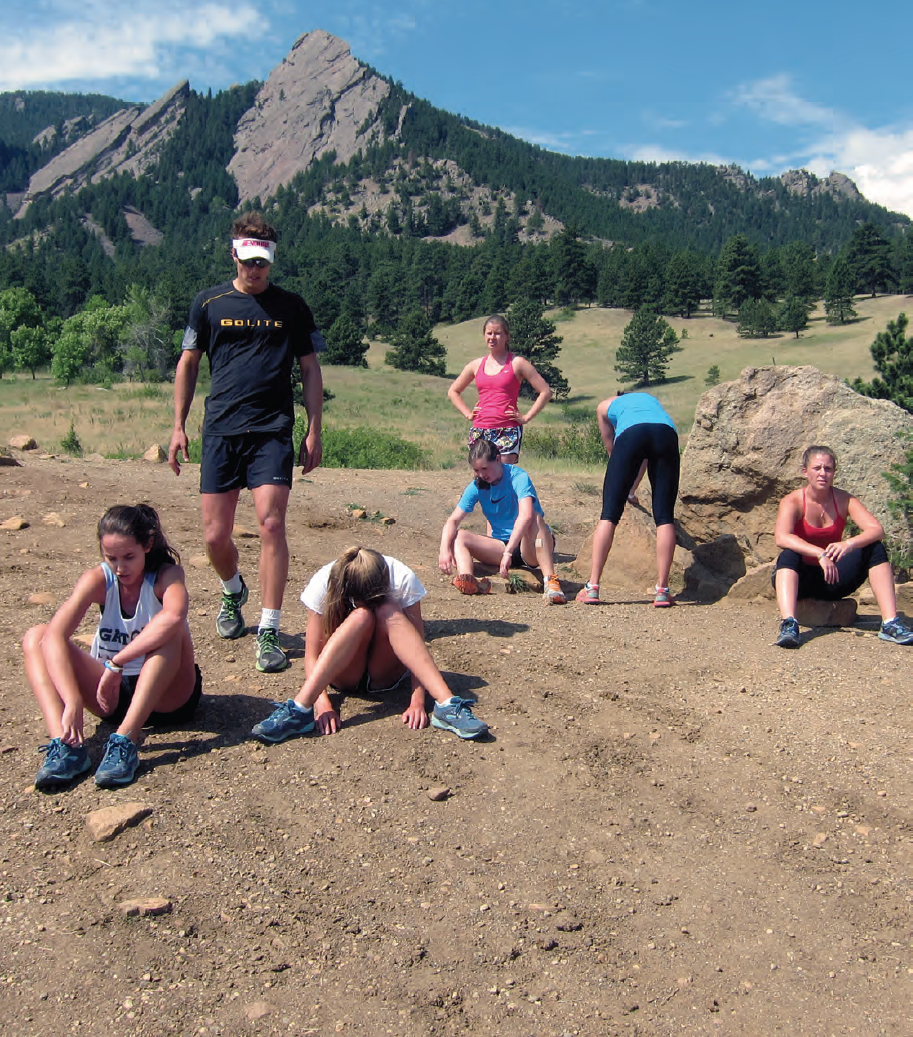By Damon-Leedale Brown, Sports Scientist & Conditioning Specialist
Squash could easily be classed as an endurance sport, especially when you consider at the higher levels of play that matches on the Pro Tour can often last for well over an hour, and in extremes up to two hours in length. James Willstrop moved to No. 1 in the World Rankings last December with his win in the final of the PSA Masters against Gregory Gaultier with a first game alone lasting 58 minutes!
On this basis it would be understandable to think that an important priority in conditioning for squash is to spend considerable time performing long aerobic training sessions. This may have some initial value in helping an individual develop a solid endurance base and, in addition, an efficient aerobic system has been shown to facilitate recovery. However, is there a danger that by spending too much time on continuous endurance training we are actually improving our ability to be slow and steady rather than our ability to tolerate and repeat bouts of high intensity effort?
So let us consider again the nature of the game of squash. Essentially, squash is a series of repeated sprints or work efforts with relatively short recovery between efforts (in between rallies) along with more extended recoveries in between blocks of work (time between games). On this basis squash can be classed as a repeated interval- based sport. Alongside the time structure of the sport are also the movement demands of the game which require the three very important and often overlooked components in a training program of Acceleration, Deceleration and Change of Direction.

For young developing squash players any emphasis towards aerobic conditioning in training through continuous steady state exercise could indeed be counterproductive on court. Older athletes too may be working against themselves by adhering to the classic aerobically orientated training programs that still seem very popular across many sports and with many coaches.
Indeed we could go as far as saying that long and steady aerobic training is generally a poor choice for most athletes except those who compete continuously for extended periods of time and over long distances (i.e., endurance runners).
So are there any benefits to conventional aerobic training? It can definitely help, initially, to get an individual fit enough to tolerate the physical (and mental) demands of interval training, especially if they are starting from a very low physical foundation. Also, in a balanced training program it can serve as a break/recovery from the strenuous and more intense interval sessions, but the time of these sessions should not really exceed 40-50 minutes.
In essence, then, for squash players conventional aerobic training—long and steady—should be done only as frequently as is necessary. Instead, for squash players the aerobic system should be developed as a derivative of interval training. Anaerobic interval training will generally keep the recovery heart rate in the aerobic range if the work intervals are performed intensely enough. Overall this is physiologically a more sport-specific method of training the aerobic capabilities of a repeated sprint sport athlete. Indeed, research over recent years has proved that the fastest way to raise VO2 max, a standard measure of aerobic fitness, is through interval training.
Why then would someone continue down the path of regular long and steady training sessions as part of their preparation for squash:
1) It is generally easier to implement as it requires little thought compared to putting together a structure for an interval training program. Squash players often don’t know where to start with interval training. Common questions would be: How many intervals shall I do and for how long? How much rest should I take between intervals? Shall I do bike intervals, treadmill or track? What about on-court movement training or circuits?
2) Intervals are really hard! This is probably what puts most people off. A long steady aerobic session might leave you sweaty and a little tired compared to a really tough interval training session which can leave you flat on the floor, gasping for air, and feeling sick all in just a few short minutes!
By far one of our toughest sessions during our summer training camps in Colorado is our hill sprint session in Boulder with the spectacular Flatiron Mountains as our backdrop. We perform the session on a trail at an altitude of 5,500 feet, and the structure is essentially 9 reps—3 repeats of 3 hill lengths (short, mid and long). Approx. duration of sprints is 20 seconds for the short hill, 40 seconds for the medium hill and 60 seconds for the long hill. So one set of hills is around 2 minutes of work, leading to a total of approximately 6 minutes for the whole session. Six minutes of work sounds like nothing but having performed this session for the last few summers I think the best word to describe it would be BRUTAL! From our perspective, it is the biggest mental challenge we put the players through on the camp, and their goal is simply to figure out a way to complete the session.
Hopefully this article has given you great insight into interval training and why I believe it has a much more valuable role to play in preparing you for the physical and mental demands of the squash court compared to long steady aerobic training sessions.
In the next article I will address many of the questions and uncertainties around interval training and how best to develop interval sessions. I will also provide examples of different interval training sessions performed by some of the World’s best players.





